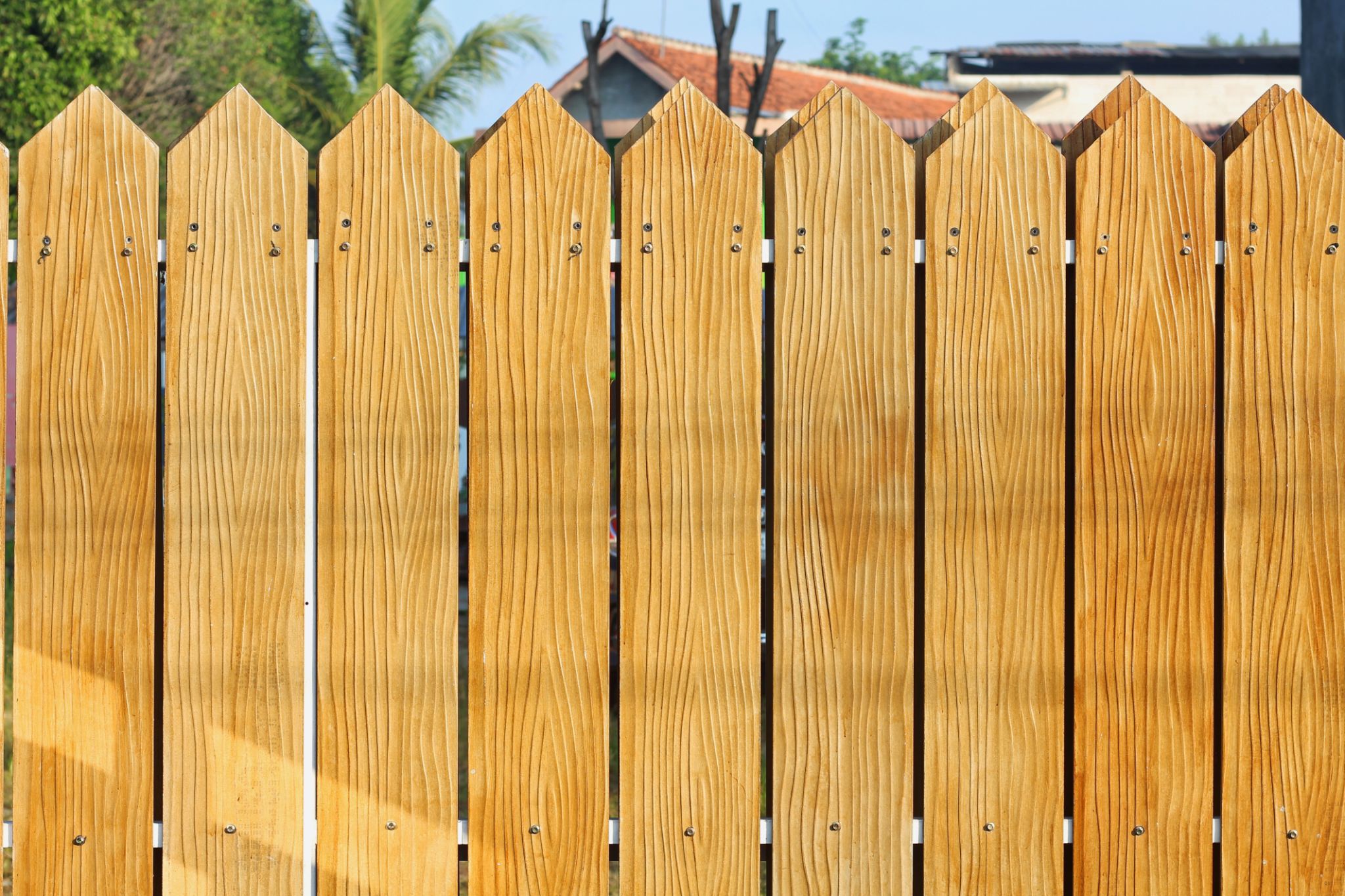DIY Fence Repair Tips from Anderson County Experts
Identifying Common Fence Problems
Fences can face a variety of issues, especially in regions like Anderson County where weather conditions can be unpredictable. Some common fence problems include leaning posts, broken panels, and peeling paint. Identifying these issues early is crucial to ensuring the longevity of your fence. Conduct a thorough inspection every few months to detect any signs of wear and tear.

Tools You’ll Need
Before you start any DIY fence repair, gather the necessary tools. Having the right equipment on hand can make the process smoother and more efficient. Essential tools for fence repair include:
- Hammer
- Screwdriver
- Tape measure
- Level
- Post hole digger
- Replacement boards or nails
Repairing Leaning Fence Posts
Leaning fence posts are a common issue, often caused by ground movement or rotting at the base. To fix this problem, start by digging around the base of the leaning post. Remove any debris or old concrete. Realign the post using a level, then secure it in place with new concrete or gravel.

Fixing Broken or Damaged Panels
Broken panels not only look unsightly but can also compromise the security and privacy of your property. To replace a damaged panel, first remove the old one by unscrewing or prying it off. Cut a new panel to size and attach it using galvanized screws to prevent rusting. Ensure the new panel is level and securely fastened.
Maintaining Your Fence’s Appearance
A well-maintained fence can greatly enhance the curb appeal of your home. Regularly painting or staining your fence can protect it from the elements and prevent peeling, fading, and rot. Choose a high-quality paint or stain that's designed for outdoor use and apply it every few years to keep your fence looking fresh.

Preventative Maintenance Tips
Preventative maintenance is key to extending the life of your fence. Here are some tips to keep in mind:
- Regularly inspect for loose nails or screws and tighten them as needed.
- Trim any vegetation growing near the fence to prevent damage from moisture or roots.
- Clear away leaves and debris that can accumulate at the base of the fence and cause rot.
When to Call a Professional
While DIY repairs can save money, there are times when professional help is necessary. If your fence has extensive damage or if repairs require specialized tools and expertise, consider hiring a professional. This ensures that repairs are done safely and effectively, preserving the integrity of your fence for years to come.